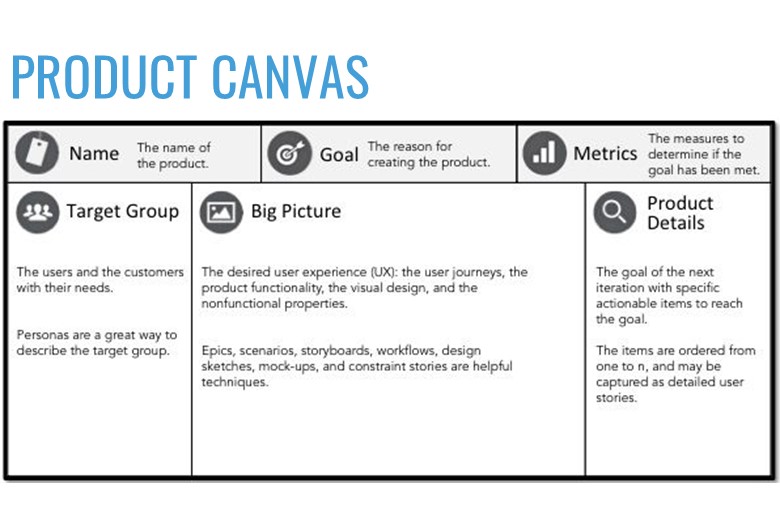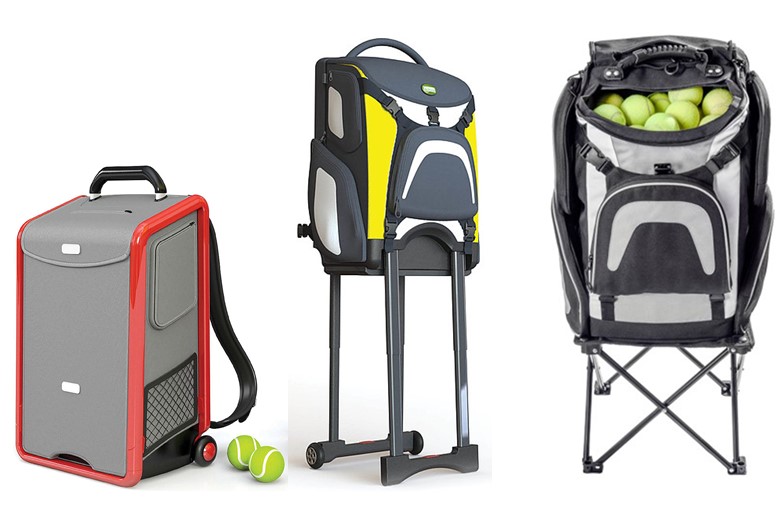Starting a product business? Good news! There are so many great tools out there for inventors of all skill levels. For the heavy-duty researcher and writer, business plans are a great starting point to lay an extensive foundation for your organization.
If you want something a little more on the simple side, our Austin-based industrial design company recommends the Business Model Canvas to create a streamlined business plan. What about inventors who want to focus primarily on the product UX?
UX is short for user experience, by the way.
Why UX is Important
User experience is the whole experience. Think of every conceivable way that your customer interacts with any related aspect of your product. This could be as minuscule as hearing the product name on the radio. It’s definitely important when people try your product for the first time.
UX even extends to after the purchase, the aftersales user experience. It’s a mistake to think that UX begins and ends when the product is in your customer’s hand.
Our Austin-based industrial design company recommends our clients think beyond the physical user experience your customer has with the product. When inventors hear the phrase UX, things like marketing, mobile web design optimization, and website loading speeds should all come to mind as well.
According to Adobe, 39 percent of users close a website if the images don’t load or take too long. 88 percent of people won’t even come back to your website if they’ve had a bad experience. So, where does one start when they want to create a great user experience for their targeted audience?
Once you’ve validated your product idea, you’ll want to validate all aspects of the user experience. A great tool to use is the Product Canvas.

Using the Product Canvas to Create a Great User Experience
Created by Roman Pichler, the purpose of Product Canvas is to help you “create a product with a great user experience and the right features.” Our Austin industrial design company loves the Product Canvas because it helps set out measurable goals to achieve by a certain timeframe. Because of how simple it is to use, you’ll have the opportunity to refine and retool your Product Canvas. UX is not a static concept so it’s important to continually optimize the experience for your target audience.
The Product Canvas is broken down into six sections.
Name
The name of your product! Congratulations, you’ve already completed one of the sections.
Goal
Are you trying to hit certain revenue targets, acquire customers, or are you an existing business trying to retain a specific percentage of customers or trying to get people to refer your product?
Metrics
Whatever your goals or objectives, our Austin-based industrial design company recommends keeping track of metrics along the way. How are you going to measure if you achieved your goal or not? How long do you expect it to take to meet your goal? For example, are trying to meet a specific dollar amount, the number of purchases or acquire a set number of customers within how long of a timeframe?
Target Group
Include primary and secondary personas here. Similar to the Customer Segments section of the Business Canvas Model, you can include details such as characteristics, demographics and specific customer values. If you’re unsure about what details to put, you can also follow this Persona Template.
Big Picture
How do you expect or want your customers to behave with your product? In this section, you’ll want to list out assumptions and scenarios of how someone in your target audience may encounter or interact with your product. You’ll capture their journey from start to finish to create the desired user experience.
Again, to reiterate above, our Austin-based industrial design company is talking about the entire experience. For example, even with a great product, a poor online checkout experience might deter your customer from finalizing their purchase. The good news is there are platforms such as Shopify that can help you simplify this experience for your users.

Product Details
Looking ahead, this section is for the goal of the next iteration or MVP of your product. For example, one of the first Packhopper prototypes we made for our client, ROVER, included extended legs. While this was a beneficial feature in practice, it would be too expensive for the end-user, and we were also concerned about the stability of the legs – even after trial and error with other prototypes.
In the end, we opted to remove the legs entirely for the production model and instead included a portable and foldable stool to provide elevation while providing much more stability than the extended legs. So in this section, you’ll want to point out risks and how you’ll address them for the next iteration of your product or how you’ll implement new features. Like the “Big Picture” section, feel free to include user experience stories here to justify your additions or changes.
About: MAKO Design + Invent is the original firm providing world-class consumer product development services tailored to startups, small manufacturers, and inventors. Simply put, we are the leading one-stop-shop for developing your physical product from idea to store shelves, all in a high-quality, cost-effective, and timely manner. We operate as one powerhouse 30-person product design team spread across 4 offices to serve you (Austin, Miami, San Francisco, & Toronto). We have full-stack in-house industrial design, mechanical engineering, electrical engineering, patent referral, prototyping, and manufacturing services. To assist our startup and inventor clients, in addition to above, we help with business strategy, product strategy, marketing, and sales/distribution for all consumer product categories. Also, our founder Kevin Mako hosts The Product Startup Podcast, the industry's leading hardware podcast. Check it out for tips, interviews, and best practices for hardware startups, inventors, and product developers. Click HERE to learn more about MAKO Design + Invent!







